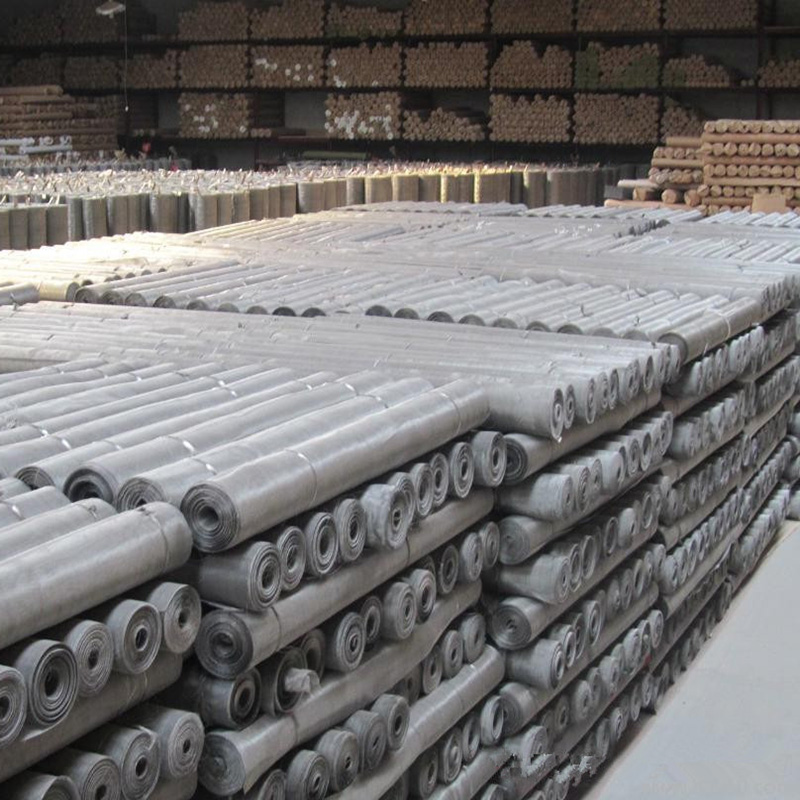-
+86 15030157877
-
sales@galvanizedmetalmesh.com
Nov . 06, 2024 07:15 Back to list
Affordable Custom Perforated Metal Sheet Pricing for Your Project Needs
Understanding the Pricing of Custom Perforated Metal Sheets
Perforated metal sheets have become an essential material in various industries, ranging from architecture to manufacturing. These sheets, characterized by their unique patterns of holes, are not only functional but also add aesthetic value to structures and products. One of the most pressing questions for businesses and consumers looking to purchase perforated metal sheets is what determines their price? In this article, we will explore the factors influencing the cost of custom perforated metal sheets.
Materials and Thickness
The type of material used in the production of perforated sheets significantly impacts the pricing. Common materials include stainless steel, aluminum, and mild steel, each with its own cost structure. Stainless steel, for instance, is known for its durability and resistance to corrosion, making it more expensive than mild steel. On the other hand, aluminum is lightweight and corrosion-resistant, often used in applications where weight is a concern.
Additionally, the thickness of the metal sheet plays a crucial role in determining the price. Thicker sheets require more raw material and may also involve more complex manufacturing processes, leading to a higher overall cost. Buyers should carefully consider the material and thickness needed for their specific applications to ensure they select the most cost-effective option.
Hole Pattern and Size
Customizing the perforation pattern and hole size can also affect the price. Simple, uniformly spaced holes are typically less expensive to manufacture than intricate patterns that require advanced machinery and programming. The complexity of the design directly correlates with the production time and setup costs, which are factored into the final price.
Moreover, the diameter of the holes and the spacing between them can influence the sheet's structural integrity and performance characteristics. Custom sizes might necessitate adjustments in machinery and tooling, further impacting the overall cost. When requesting a quote for perforated sheets, it is essential to provide clear specifications regarding hole patterns to ensure an accurate pricing estimate.
custom perforated metal sheet price

Quantity
As with most manufactured goods, the quantity ordered can significantly influence the price of custom perforated metal sheets. Bulk orders typically reduce per-unit costs due to economies of scale in production and shipping. Manufacturers often offer tiered pricing, where the cost per sheet decreases as the volume increases. For businesses planning large projects, ordering in bulk can result in substantial savings.
Finishing Options
Finishing treatments enhance the appearance and durability of perforated metal sheets. Options such as powder coating, galvanizing, or anodizing can provide additional protection from environmental factors, but they also add to the overall cost. Buyers must weigh the benefits of these finishes against their budgets and long-term needs. While a basic untreated sheet may be less expensive, investing in a quality finish can lead to lower maintenance costs and a longer lifespan for the product.
Shipping and Handling
Finally, shipping and handling costs can affect the final price of custom perforated metal sheets. These costs are influenced by the weight and dimensions of the order, the shipping distance, and the chosen delivery method. Buyers should factor in these expenses when budgeting for their perforated sheet purchases.
Conclusion
The pricing of custom perforated metal sheets depends on several factors, including material choice, thickness, hole pattern, order quantity, finishing options, and shipping costs. By understanding these elements, buyers can make informed decisions that balance quality, functionality, and budget. Whether for industrial use or architectural enhancement, investing time in selecting the right specifications can yield significant benefits in performance and aesthetics for years to come.
-
Premium Welded Gabion Mesh | Robust & Eco-Friendly
NewsJul.31,2025
-
Premium Eco-Friendly Roof Tiles | Affordable & Durable
NewsJul.31,2025
-
Premium Roof Tiles for Durable & Stylish Roofing Solutions
NewsJul.30,2025
-
High-Quality Roof Tiles for Durable & Stylish Roofing Solutions
NewsJul.29,2025
-
High Quality Square Wire Mesh Manufacturer & Supplier for Wholesale
NewsJul.29,2025
-
Premium Roof Tiles for Durable & Stylish Roofing Solutions
NewsJul.29,2025



